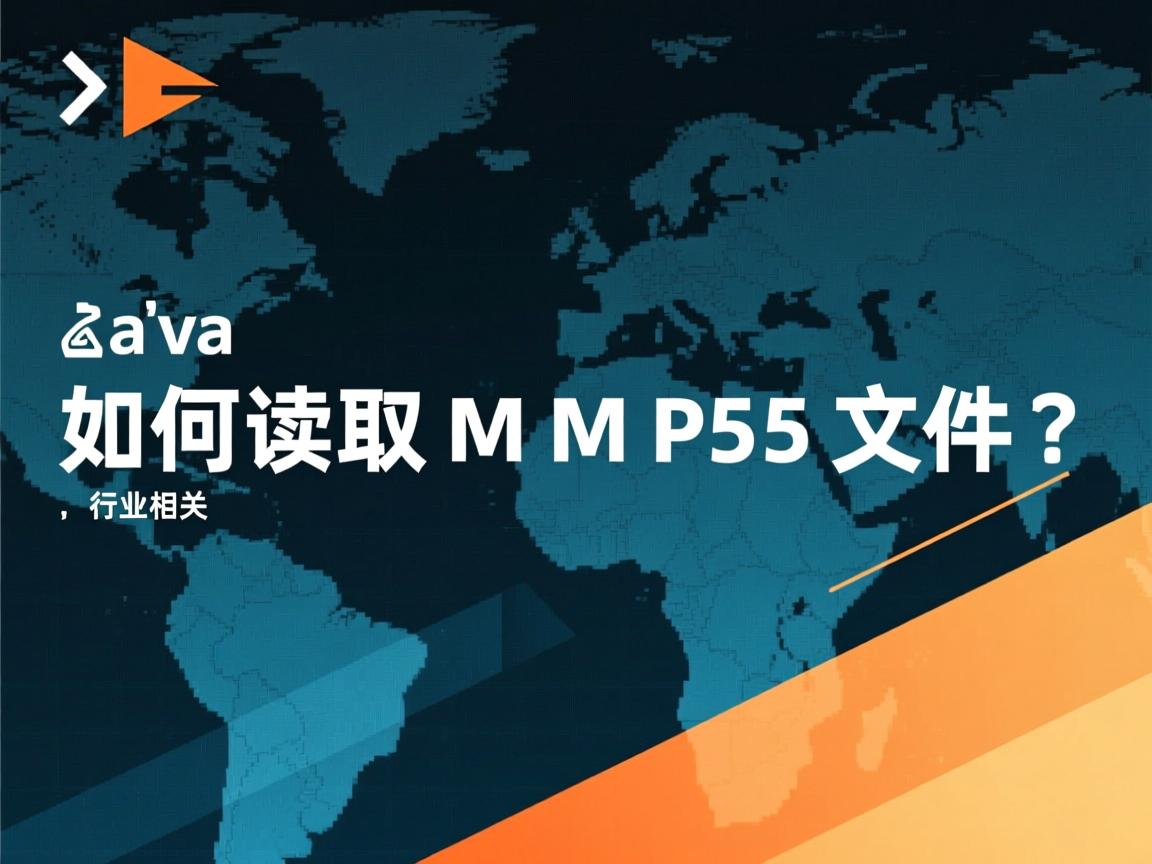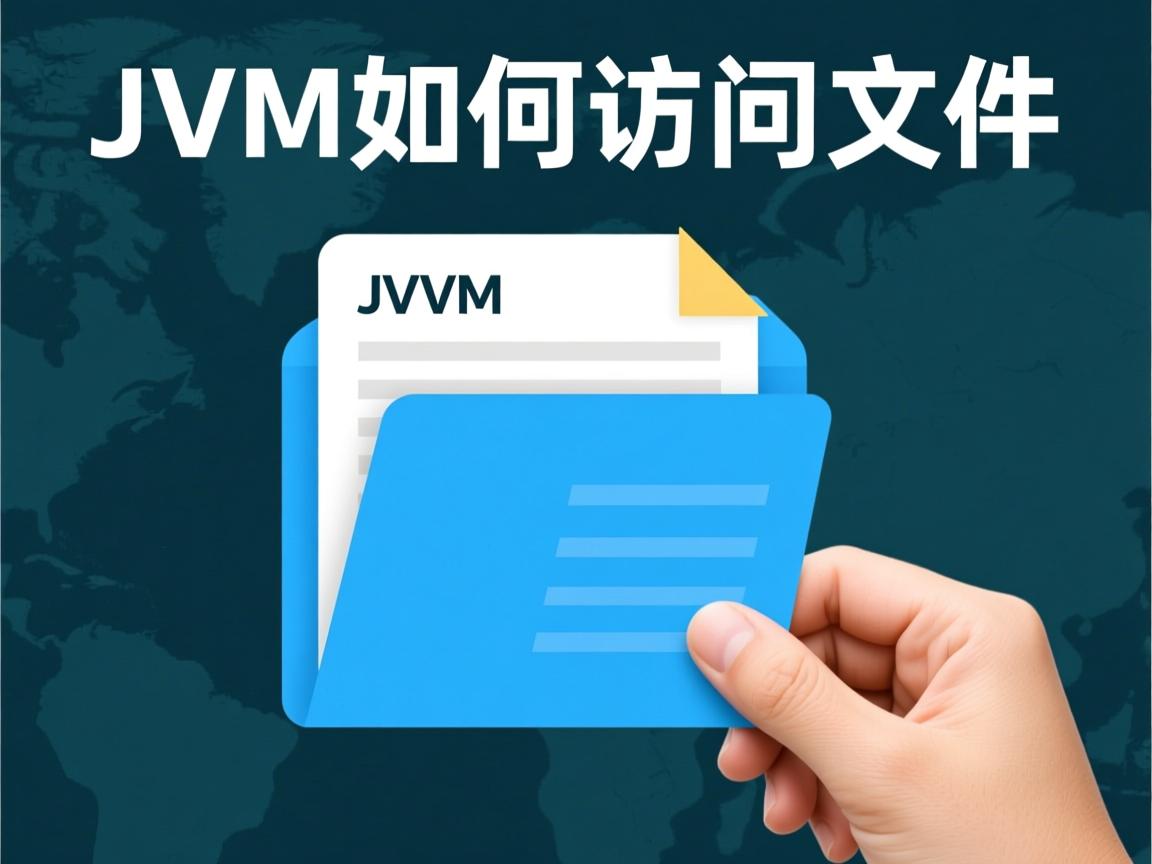上一篇
Java如何操作txt文件夹下的文件?
- 后端开发
- 2025-06-07
- 4975
Java操作txt文件主要使用
FileReader、
BufferedReader读取内容,或
FileWriter、
BufferedWriter写入数据,需注意字符编码(如UTF-8)和异常处理(捕获IOException),结合
File类管理文件路径。
Java操作TXT文件完全指南:从基础到高级
在Java开发中,处理文本文件是常见的任务之一,无论是日志记录、数据导入导出,还是配置文件管理,掌握TXT文件操作是每位Java开发者必备的技能,本文将全面介绍Java中操作TXT文件的多种方法,涵盖读取、写入、追加和批量处理等常见场景。
环境准备
在开始前,请确保:
- 已安装Java开发环境(JDK 8或更高版本)
- 熟悉Java基础语法
- 了解基本的文件路径概念(相对路径与绝对路径)
读取TXT文件
使用BufferedReader(传统方式)
import java.io.BufferedReader;
import java.io.FileReader;
import java.io.IOException;
public class TxtFileReader {
public static void main(String[] args) {
String filePath = "documents/example.txt";
try (BufferedReader reader = new BufferedReader(new FileReader(filePath))) {
String line;
while ((line = reader.readLine()) != null) {
System.out.println(line);
}
} catch (IOException e) {
System.err.println("读取文件出错: " + e.getMessage());
}
}
}
使用Files类(Java 7+)
import java.nio.file.Files;
import java.nio.file.Paths;
import java.util.List;
import java.io.IOException;
public class ModernFileReader {
public static void main(String[] args) {
String filePath = "documents/example.txt";
try {
List<String> lines = Files.readAllLines(Paths.get(filePath));
for (String line : lines) {
System.out.println(line);
}
} catch (IOException e) {
System.err.println("文件读取错误: " + e.getMessage());
}
}
}
使用Stream API(Java 8+)
import java.nio.file.Files;
import java.nio.file.Paths;
import java.io.IOException;
import java.util.stream.Stream;
public class StreamFileReader {
public static void main(String[] args) {
String filePath = "documents/example.txt";
try (Stream<String> stream = Files.lines(Paths.get(filePath))) {
stream.forEach(System.out::println);
} catch (IOException e) {
System.err.println("流式读取失败: " + e.getMessage());
}
}
}
写入TXT文件
基本文件写入
import java.io.BufferedWriter;
import java.io.FileWriter;
import java.io.IOException;
public class BasicFileWriter {
public static void main(String[] args) {
String filePath = "output/results.txt";
String content = "Java文件操作指南n2025年最新版n";
try (BufferedWriter writer = new BufferedWriter(new FileWriter(filePath))) {
writer.write(content);
System.out.println("文件写入成功!");
} catch (IOException e) {
System.err.println("写入文件出错: " + e.getMessage());
}
}
}
到现有文件
import java.io.BufferedWriter;
import java.io.FileWriter;
import java.io.IOException;
import java.nio.file.Files;
import java.nio.file.Paths;
import java.nio.file.StandardOpenOption;
public class FileAppender {
public static void main(String[] args) {
String filePath = "logs/app_log.txt";
String logEntry = "2025-11-15 14:30:22 - 用户登录成功n";
// 方法1: 使用FileWriter追加模式
try (BufferedWriter writer = new BufferedWriter(new FileWriter(filePath, true))) {
writer.append(logEntry);
} catch (IOException e) {
System.err.println("追加日志失败: " + e.getMessage());
}
// 方法2: 使用Files类(Java 7+)
try {
Files.write(Paths.get(filePath), logEntry.getBytes(), StandardOpenOption.APPEND);
} catch (IOException e) {
System.err.println("Files追加失败: " + e.getMessage());
}
}
}
高级文件操作
处理文件夹中的所有TXT文件
import java.io.IOException;
import java.nio.file.DirectoryStream;
import java.nio.file.Files;
import java.nio.file.Path;
import java.nio.file.Paths;
public class FolderProcessor {
public static void main(String[] args) {
String folderPath = "documents/text_files/";
try (DirectoryStream<Path> stream = Files.newDirectoryStream(Paths.get(folderPath), "*.txt")) {
for (Path entry : stream) {
System.out.println("处理文件: " + entry.getFileName());
processTxtFile(entry.toString());
}
} catch (IOException e) {
System.err.println("文件夹处理错误: " + e.getMessage());
}
}
private static void processTxtFile(String filePath) {
// 这里实现具体的文件处理逻辑
System.out.println("正在处理: " + filePath);
}
}
文件编码处理
import java.io.BufferedReader;
import java.io.FileInputStream;
import java.io.IOException;
import java.io.InputStreamReader;
import java.nio.charset.StandardCharsets;
public class EncodingHandler {
public static void main(String[] args) {
String filePath = "documents/utf8_file.txt";
// 指定UTF-8编码读取
try (BufferedReader reader = new BufferedReader(
new InputStreamReader(new FileInputStream(filePath), StandardCharsets.UTF_8))) {
String line;
while ((line = reader.readLine()) != null) {
System.out.println(line);
}
} catch (IOException e) {
System.err.println("读取UTF-8文件出错: " + e.getMessage());
}
}
}
异常处理最佳实践
在文件操作中,恰当的异常处理至关重要:
import java.io.IOException;
import java.nio.file.Files;
import java.nio.file.Path;
import java.nio.file.Paths;
public class RobustFileHandler {
public static void main(String[] args) {
Path filePath = Paths.get("data/important.txt");
if (!Files.exists(filePath)) {
System.err.println("文件不存在: " + filePath);
return;
}
if (!Files.isReadable(filePath)) {
System.err.println("文件不可读: " + filePath);
return;
}
try {
Files.lines(filePath).forEach(System.out::println);
} catch (SecurityException e) {
System.err.println("安全权限不足: " + e.getMessage());
} catch (IOException e) {
System.err.println("IO错误: " + e.getMessage());
} catch (Exception e) {
System.err.println("未知错误: " + e.getMessage());
}
}
}
性能优化技巧
-
缓冲区大小优化:
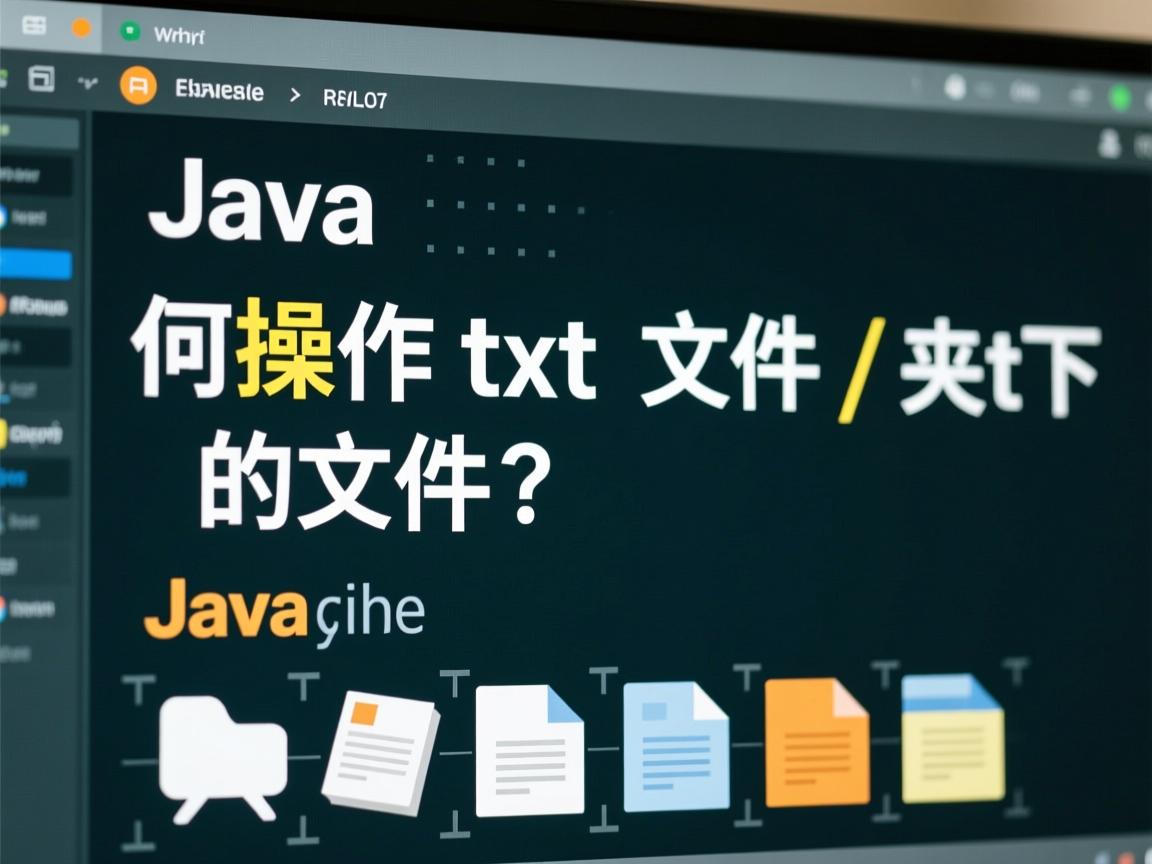
// 设置更大的缓冲区提高大文件处理性能 int bufferSize = 8192; // 8KB try (BufferedReader reader = new BufferedReader( new FileReader("large_file.txt"), bufferSize)) { // 处理文件 } -
并行流处理:
try (Stream<String> lines = Files.lines(Paths.get("large_data.txt"))) { lines.parallel() .filter(line -> line.contains("important")) .forEach(System.out::println); } catch (IOException e) { e.printStackTrace(); } -
文件内存映射:
try (RandomAccessFile file = new RandomAccessFile("huge_file.txt", "r")) { FileChannel channel = file.getChannel(); MappedByteBuffer buffer = channel.map( FileChannel.MapMode.READ_ONLY, 0, channel.size()); Charset charset = StandardCharsets.UTF_8; CharsetDecoder decoder = charset.newDecoder(); CharBuffer charBuffer = decoder.decode(buffer); // 处理内存映射内容 } catch (IOException e) { e.printStackTrace(); }
实际应用场景
配置文件读取
import java.io.IOException;
import java.nio.file.Files;
import java.nio.file.Paths;
import java.util.HashMap;
import java.util.Map;
import java.util.stream.Stream;
public class ConfigLoader {
public static Map<String, String> loadConfig(String filePath) throws IOException {
Map<String, String> config = new HashMap<>();
try (Stream<String> lines = Files.lines(Paths.get(filePath))) {
lines.filter(line -> !line.startsWith("#") && !line.trim().isEmpty())
.forEach(line -> {
String[] parts = line.split("=", 2);
if (parts.length == 2) {
config.put(parts[0].trim(), parts[1].trim());
}
});
}
return config;
}
}
CSV数据导出
import java.io.BufferedWriter;
import java.io.IOException;
import java.nio.file.Files;
import java.nio.file.Paths;
import java.util.Arrays;
import java.util.List;
public class CsvExporter {
public static void exportToCsv(String filePath, List<String[]> data) throws IOException {
try (BufferedWriter writer = Files.newBufferedWriter(Paths.get(filePath))) {
for (String[] row : data) {
writer.write(String.join(",", row));
writer.newLine();
}
}
}
public static void main(String[] args) {
List<String[]> data = Arrays.asList(
new String[]{"ID", "Name", "Email"},
new String[]{"1", "Alice", "alice@example.com"},
new String[]{"2", "Bob", "bob@example.com"}
);
try {
exportToCsv("output/users.csv", data);
System.out.println("CSV导出成功!");
} catch (IOException e) {
System.err.println("导出失败: " + e.getMessage());
}
}
}
掌握Java文件操作是开发者的基本功,通过本文介绍的各种方法,您应该能够:
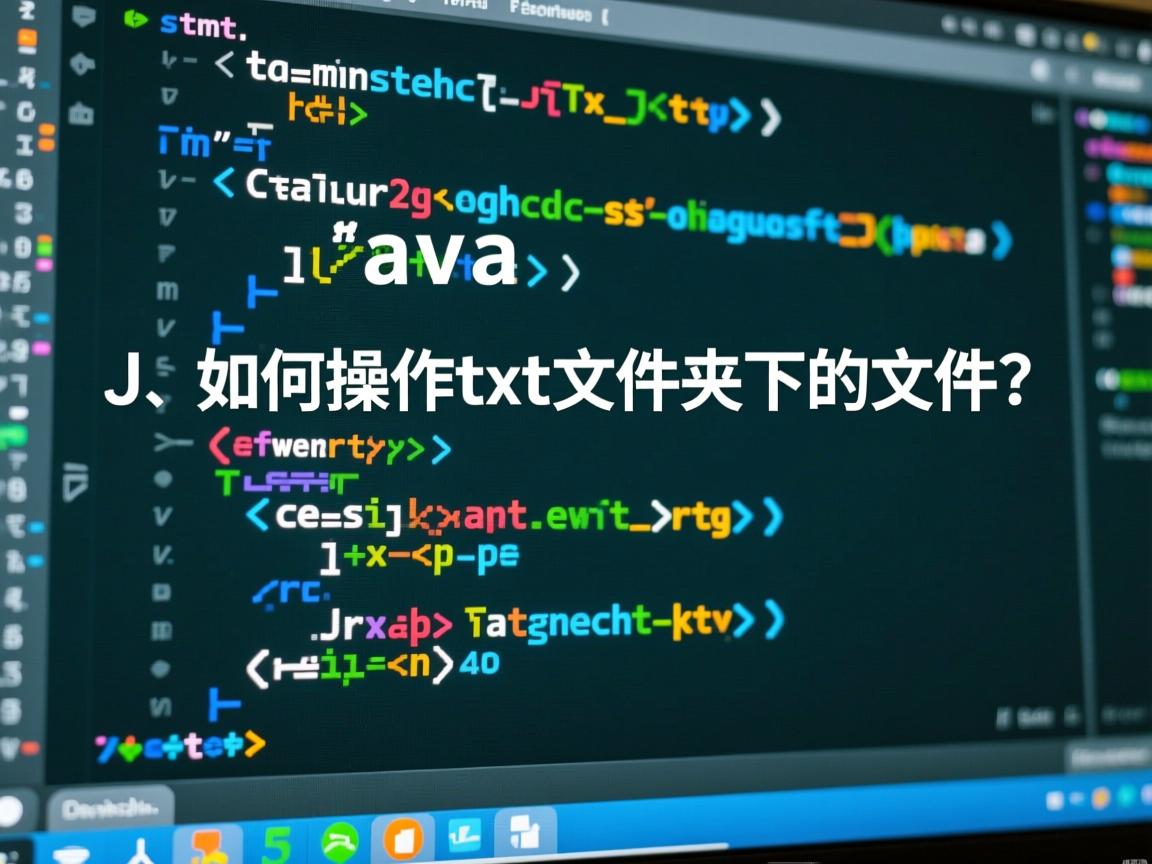
- 高效读取各种大小的文本文件
- 灵活写入和追加文件内容
- 处理文件夹中的所有文本文件
- 实现健壮的异常处理
- 优化文件操作性能
- 解决实际开发中的常见需求
在实际开发中,请始终考虑:
- 文件编码问题(推荐使用UTF-8)
- 文件路径的正确性(相对路径与绝对路径)
- 异常处理的完备性
- 资源关闭的可靠性(使用try-with-resources)
- 大文件处理的性能优化
专业提示:对于大型项目,考虑使用Apache Commons IO或Guava等库可以简化文件操作,减少样板代码。
参考资料:
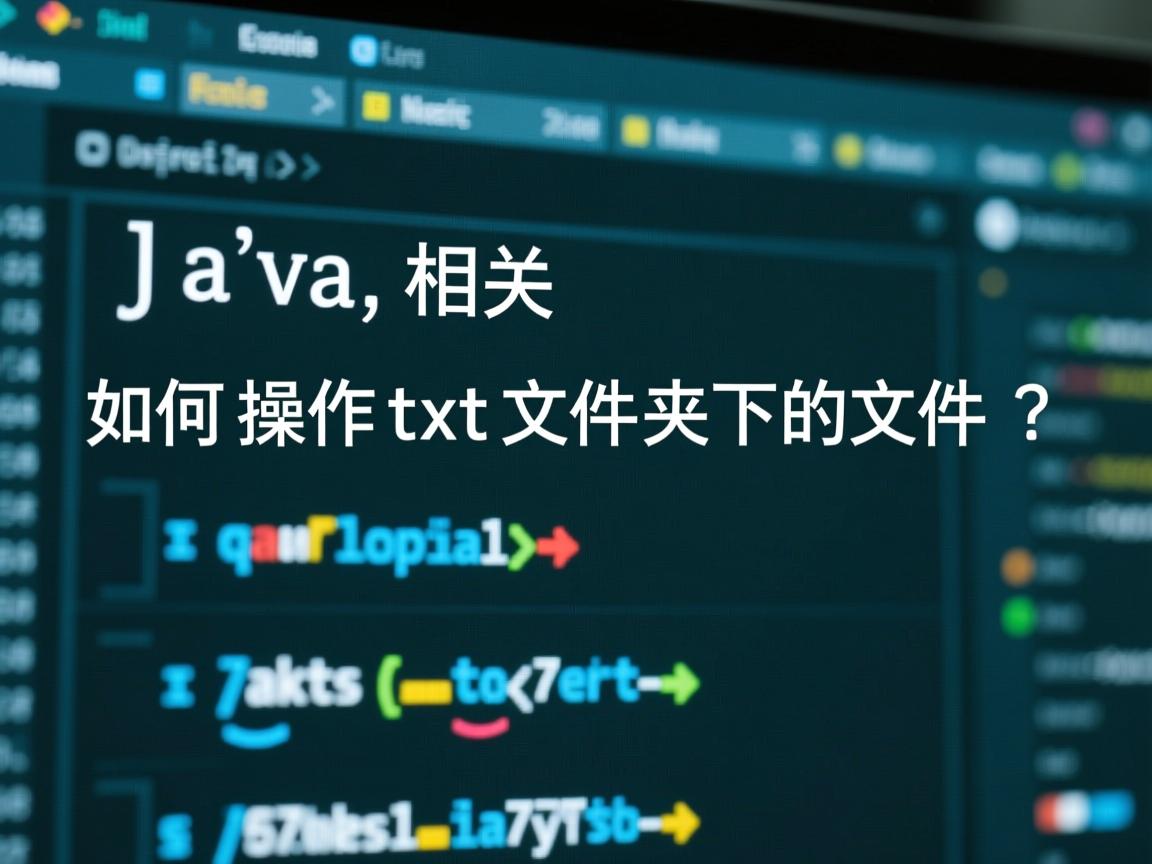
- Oracle官方Java文档:Java I/O
- Java NIO包文档:java.nio.file
- 《Effective Java》第三版 – Joshua Bloch(项目74:文档化所有抛出的异常)
- IBM Developer:Java文件I/O指南
通过掌握这些核心技能,您将能够高效、安全地处理各种文本文件操作任务,为Java开发打下坚实基础。




